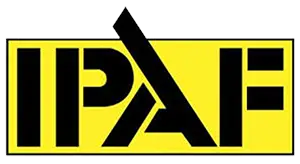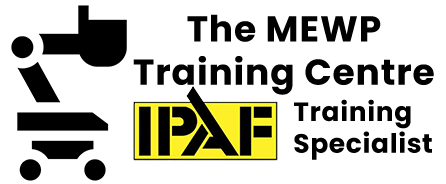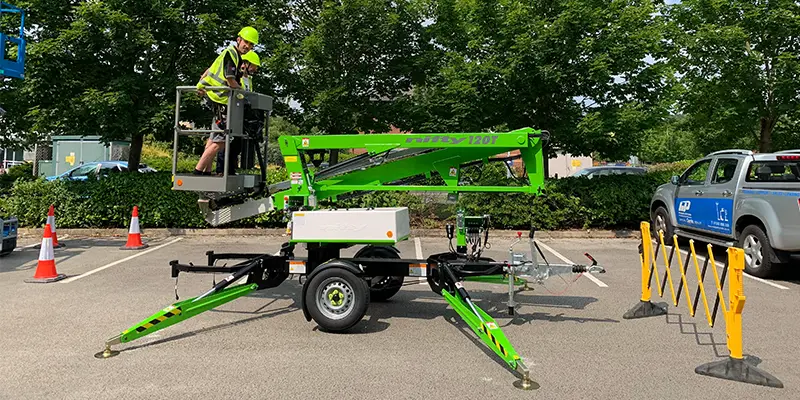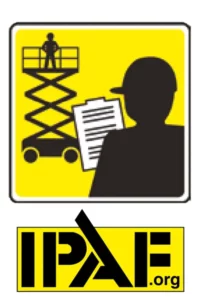IPAF Demonstrator Course
The IPAF Demonstrator Course is for demonstrators to familiarise operators with their responsibilities and to demonstrate pre-operational and safe operating procedures, and the limitations of MEWPs)

Key facts:
- Course length: One day
- PAL Card on completion
Duration: 1-3 days
Course entry criteria: All applicants must have satisfactorily completed a recognised Operator course in the machine categories for which a Demonstrator licence has been applied.
Course Objectives
At the end of the course the Demonstrator will be able to:
• Familiarise operators to use any machine, for which the demonstrator holds the appropriate licence, with characteristics of weight, height, width, length or complexity which differ significantly to the training they have received.
• Demonstrate pre-operational and safe operating procedure and the limitations of MEWPs.
Method: The course is delivered though classroom and practical sessions including role-play sessions covering all aspects.
Theory: What the Demonstrator should know:
• The pre-use checks and daily maintenance to be carried out prior to commencing work.
• The correct and safe method of operating the specific machine.
• The correct emergency procedures, capacities and limitations to enable safe operation.
• Selection and use of fall protection equipment covering, as a minimum, anchorage points in platforms, harness standards, explanation of fall arrest, lanyard types, use and correct fitting, rescue procedures, current recommendations (HSE and IPAF H1).
Course Structure
a. Introduction: Facilities, objectives, health and fitness statement, operator pre-theory test A or B.
b. MEWP categories: Different types of MEWP and their description and other courses available.
c. PPE and harness statement: Different types of PPE required, harness statement.
d. Operator revision and responsibilities for familiarisation: BS ISO 18878, BS8460, IPAF Technical Guidance – Familiarisation (F1), company responsibilities, Demonstrator responsibilities and hirer responsibilities.
e. Effective demonstration: How to get the information across, good communication, what is involved when conducting a familiarisation and the contents of a familiarisation.
f. Practical demonstration: Identify the individual machine; terminology stabilising and levelling; structural parts; machine features; pre-use check and function checks; ground control – function checks; emergency lowering control – function checks; platform control – function checks.
g. Handovers: Different hire terms and condition; user responsibilities; defects, contracts and paperwork.
h. Demonstrator theory test: Individual written test with explanation of pass requirements. Failure means applicant will have to re-sit the course another day.


